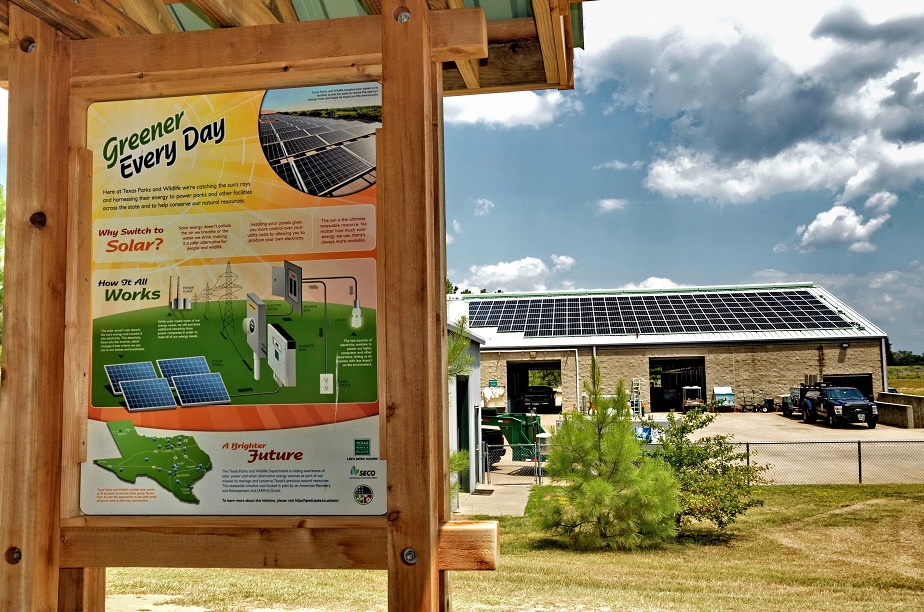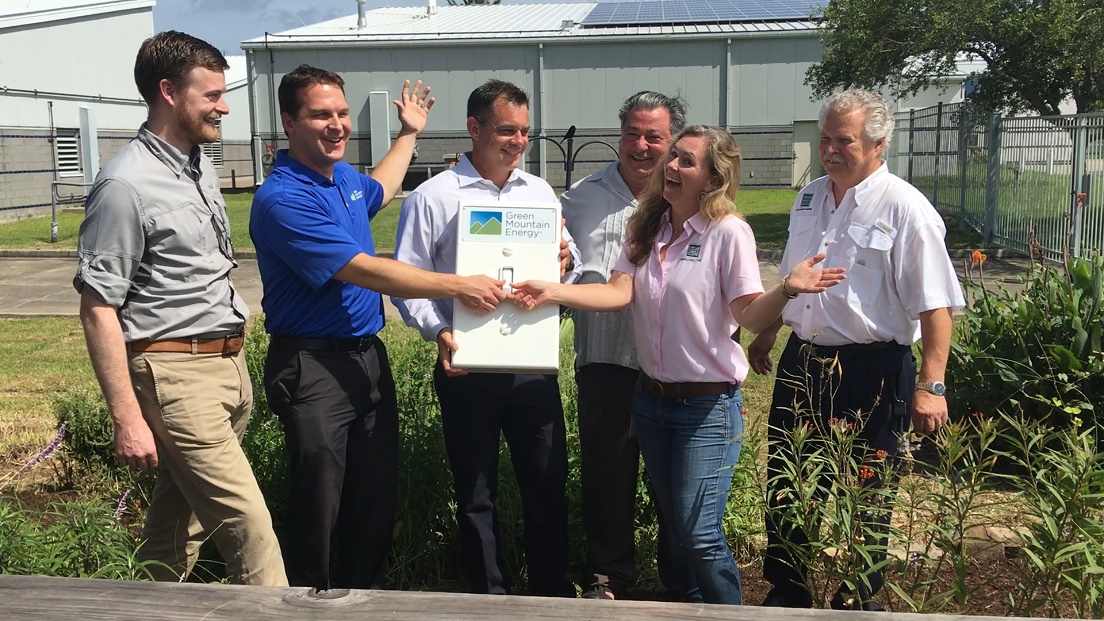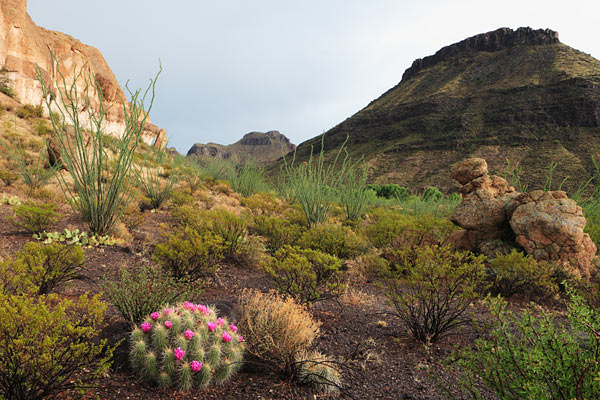Renewable Energy at TPWD
Wednesday, December 11th, 2019This is Passport to Texas
Texas Parks and Wildlife has been investigating renewable energy purchase options.
Through the State Energy Conservation Office there’s a group pulling together government entities to do a bulk purchase of renewable energy.
Andee Chamberlain is the Sustainability Program Manager at Texas Parks and Wildlife.
It’s really amazing our energy market in Texas, with all of the wind that is being produced, has really brought the renewable cost down. In the last contract that we negotiated, we looked at the cost of traditional energy vs renewable energy and the cost difference; about one percent. So it was negligible for us to choose renewable energy because it meets our mission.
The mission to “manage and conserve the resources of Texas for present and future generations” lends itself well to investment in renewable energy.
It makes a lot of sense for us to do that. All of the energy that we buy on the deregulated side is renewable; so that half of our sites are provided 100% renewable energy.
The bulk energy purchase contract will have a term of between ten and fifteen years.
That helps us not only support renewable energy but that helps us lock in a rate. And that’s really nice for parks to budget. Consistency is really important when your planning a park.
For Texas Parks and Wildlife…I’m Cecilia Nasti.







 Passport to Texas is a
Passport to Texas is a  Passport to Texas is made available by:
Passport to Texas is made available by: